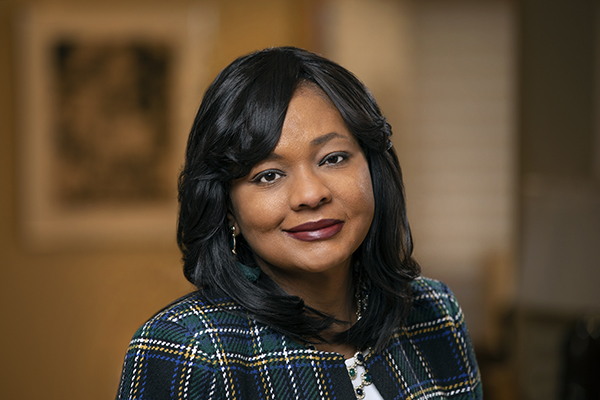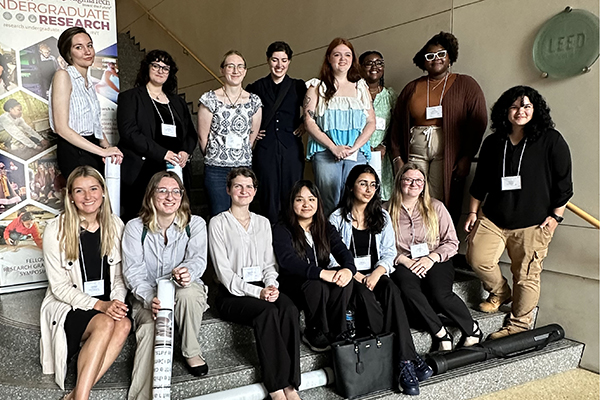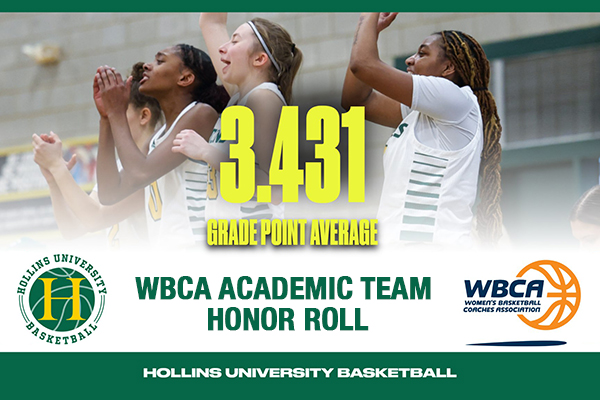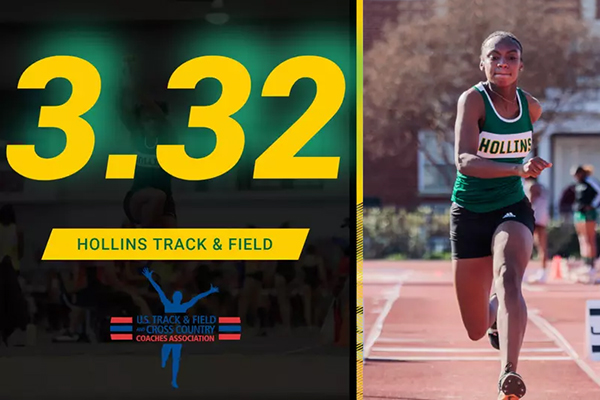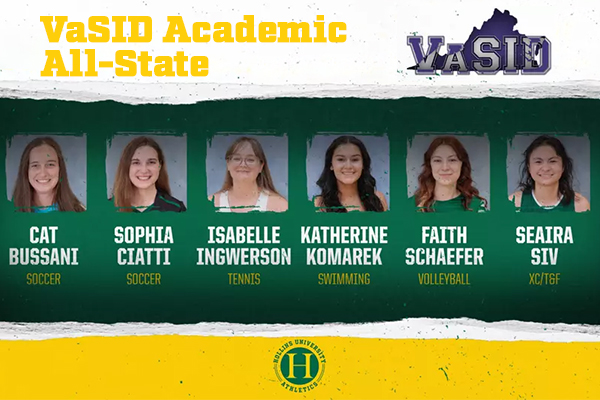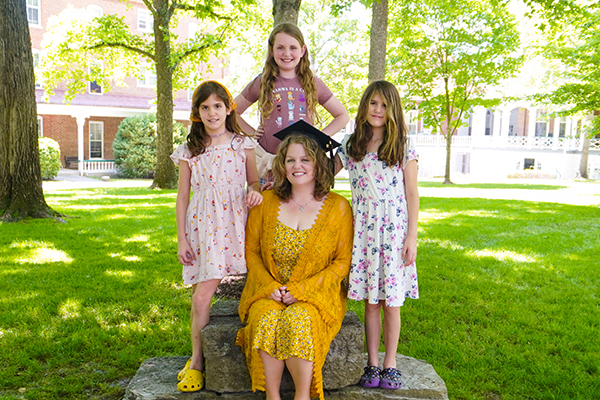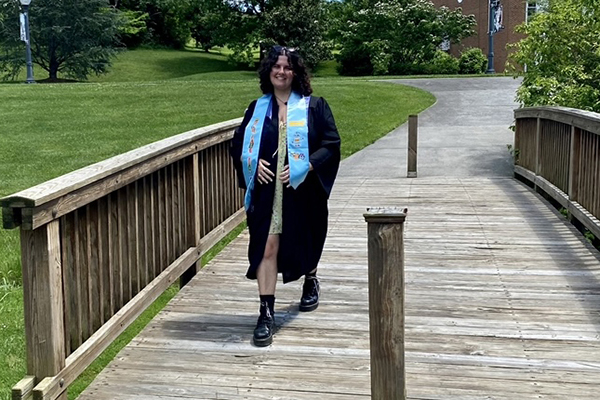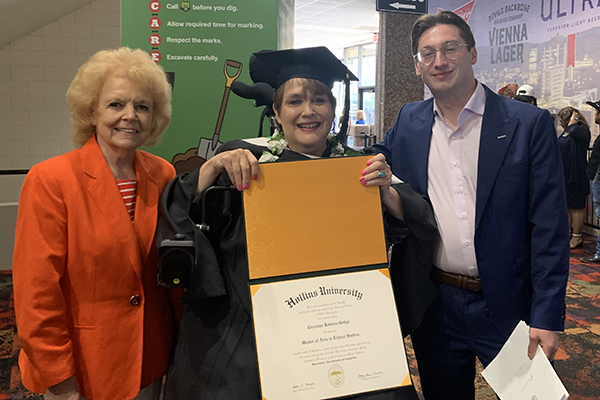Hollins University President Mary Dana Hinton and Debra Humphreys of the Lumina Foundation have made a compelling contribution to a new higher education reference work for policymakers, administrators, university presidents, academicians, practitioners, scholars, researchers, instructors, and students.
Hinton and Humphreys cowrote the chapter “Seeking Equity, Quality, and Purpose as Higher Education Transforms: Liberal Arts Colleges Respond” for New Models of Higher Education: Unbundled, Rebundled, Customized, and DIY, edited by Aaron M. Brower and Ryan J. Specht-Boardman of the University of Wisconsin and published by IGI Global as an open access book.
“Students already ‘DIY’ and build an unbundled education and training path for themselves, demonstrating a clever and productive approach to lifelong learning,” the publisher explains. “New Models of Higher Education…views this as the future of higher education: students mixing and matching education and training throughout their careers to reach personal and professional goals.”
IGI Global continues, “Covering a wide range of topics such as assessment, personal success, and education paradigms, the book considers the practical ways in which institutions of higher education, education technology companies, and workplaces can better respond to, and enable, this new way in which education and training are engaged and consumed.”
In their chapter, Hinton and Humphreys discuss methods to further goals associated with equity and educational quality. They analyze key developments in who today’s students are, what is known about teaching and learning that promotes equitable student success, and the changing global economy and workplace. With that assessment as their foundation, they suggest a possible new path for reform in liberal arts colleges that makes use of both “unbundling traditional models of teaching and learning” and “rebundling student supports and educational pathway guidance to facilitate student success,” fostering experiences shown to enhance quality and equity.
“Higher education has become more aware of entrenched inequities and pedagogical shortcomings,” they note. “What we have called for in this chapter [is] reimagining how we offer programs and how we can better prioritize expanded outreach to students and communities. We have attempted to illustrate how colleges and universities can pursue both excellence and equity in these efforts.”
The authors express confidence that “higher education institutions have the capacity to change. They must rethink their models and offerings so they can meet all students where they are in their learning and so they can help meet the needs of the workplace. At the same time, higher education has the responsibility to provide high-quality educational programs to those who have historically been excluded from higher education.”
Hinton and Humphreys conclude, “This is a critical moment for higher education to be responsive. The sustainability of our missions, our institutions, our students, and our democracy hang in the balance.”



